October Walking Tour – Western Shrubscapes
The American West is a shrubby place. Our region’s arid climate and ecology limits the growth of trees, leaving grasslands and shrublands to reign supreme. Our dry shrublands are alive with varying shades of silver, blue, seafoam green and camo green, often demonstrating their beauty through textural displays, sinuous forms and persistent fruits or seeds rather than showy flowers (although some have these, too). Early autumn is a great time to behold the glory of our wild shrublands and to consider how these plant communities can be used as inspiration for our gardens.
Here are a few places at the Gardens where you can experience shrub-forward plantings, inspired by the shrublands of western North America.
Laura Smith Porter Plains Garden
- From the Gates Montane Garden, take the boardwalk path over the stream to the west end of the Plains Garden. As you walk along the path adjacent to the pond, notice the rocky ledge plantings to your left. Leadplant (Amorpha canescens) rises up among a mix of bunchgrasses, yucca and white sage. Cooler temperatures will ensure that the golden currant (Ribes aureum) and skunkbush (Rhus aromatica var. trilobata) will have turned bright red.
- Further along the path, see the spherical fruit of buttonbush (Cephalanthus occidentalis) and colorful stems of red twig dogwood (Cornus alba) thriving in the wetter soils alongside the pond.
- Head east at the intersection of the path. Notice the fine texture of sand sage (Artemisia filifolia) rising up through prairie grasses to your left. This plant’s display of arching inflorescences is mesmerizing in mass plantings.
- Once you reach the eastern entrance to the Plains Garden, look across the path to see a heavy crop of red fruits amid the evergreen blue-green foliage of Fremont’s mahonia (Berberis fremontii).
- Now head east toward the Hive Garden Bistro and Sacred Earth.
Sacred Earth
- Begin at the entrance to Sacred Earth across from Dryland Mesa and stroll through a quintessential western landscape of rabbitbrush (Ericameria nauseosa) and big sagebrush (Artemisia tridentata). The stiff upright forms of rabbitbrush—still likely covered in sulfur yellow flowers—and twisting forms of silver sagebrush are a simple but visually striking combination.
- Moving along the path, to your left skunkbush (Rhus aromatica var. trilobata) will likely be ablaze with red fall foliage. More subtle fall colors will be on display with chartreuse leaves of desert olive (Forestiera pubescens) as you round the corner along the water feature.
- Head towards the aspen tree covered berm to the east. Here, layers of shrubs ramble through the understory in a riot of forms and textures. Keep an eye out for snowberry (Symphoricarpos oreophilius) and whitestem currants (Ribes inerme). Creeping Oregon grape (Berberis repens) will be abundant with heavy clusters of blue berries and seasonally deep purple to red foliage. This plant is a staple for tough dry shade locations and will naturalize under most garden conditions.
The Gardens has great examples of shrubland-inspired gardens that aren’t exclusively native and xeric. Make sure to check out the Roads Water-Smart Garden to see how low-water shrubs can be integrated into a compelling design with regionally appropriate perennials. The Steppe Garden is great place to see shrubs from semi-arid regions similar to Colorado from around the world. See my colleague’s blog post about shrubs with silver foliage in the Steppe Garden.
Gallery
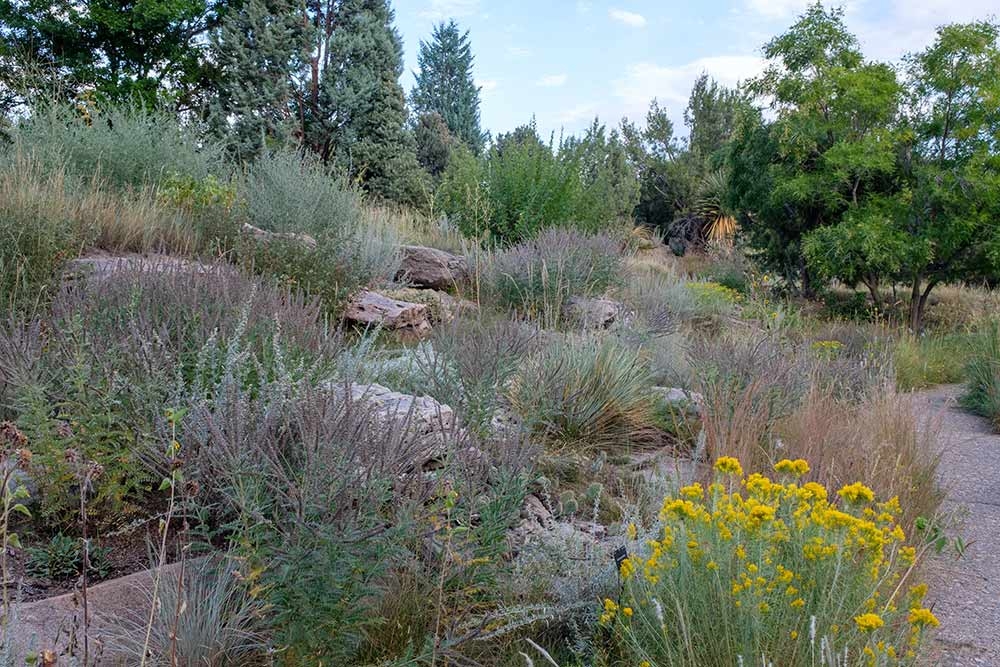
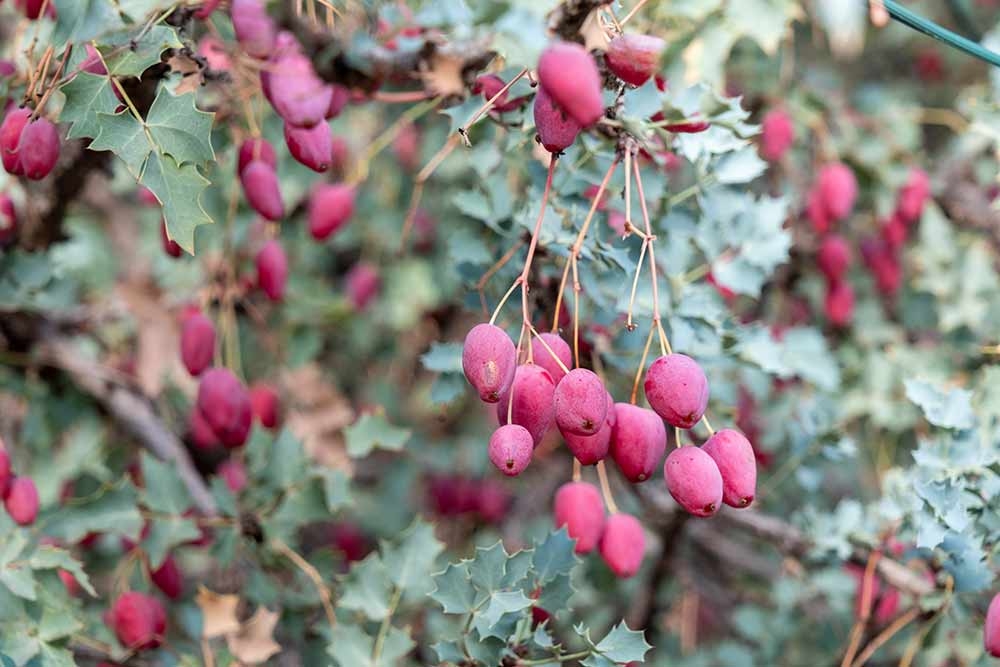
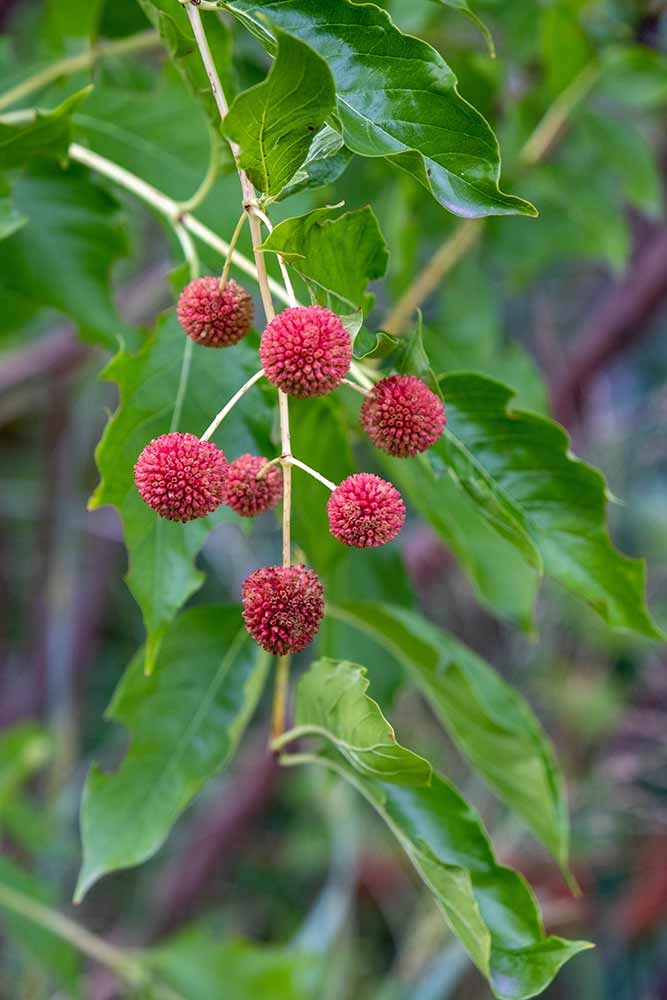
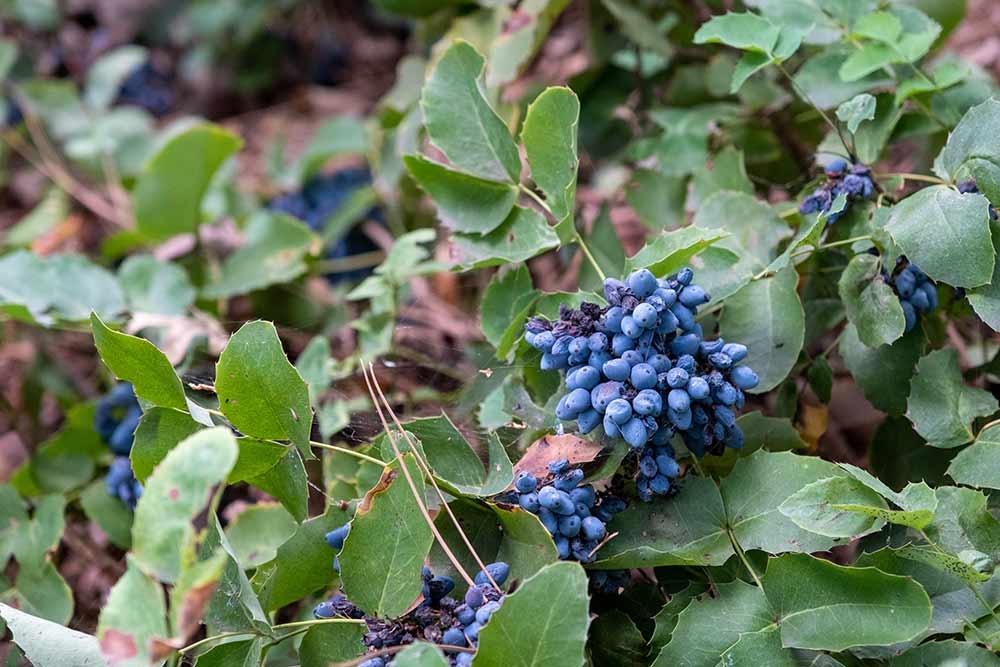
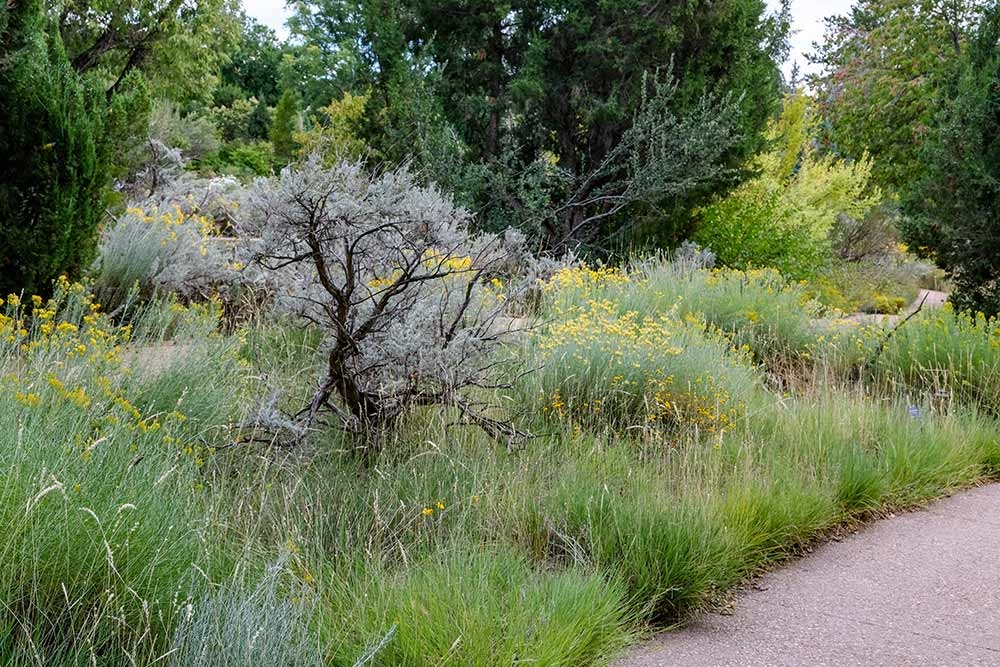
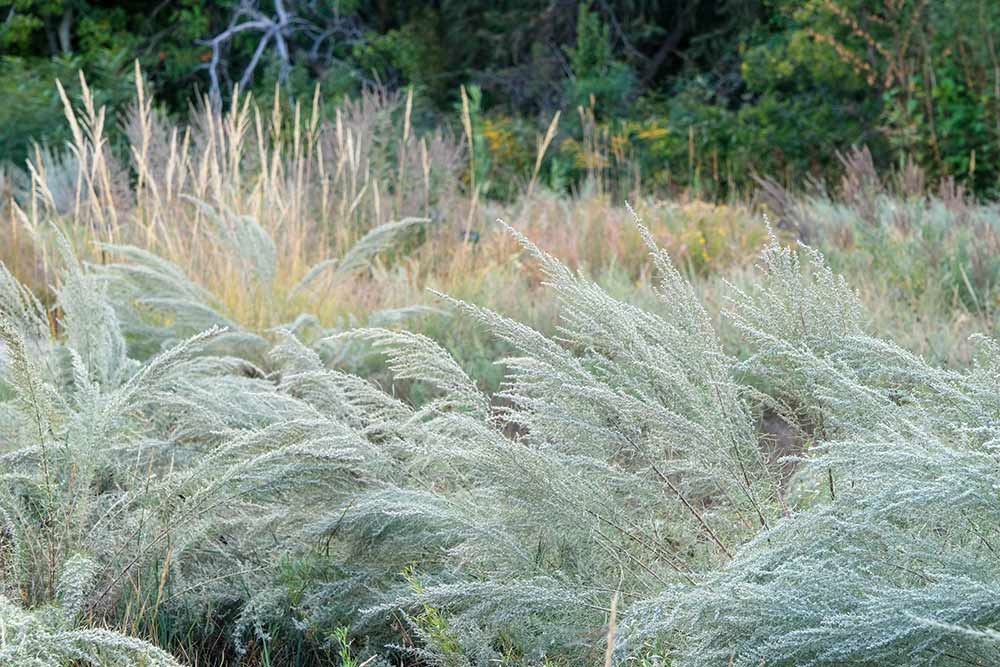
Add new comment